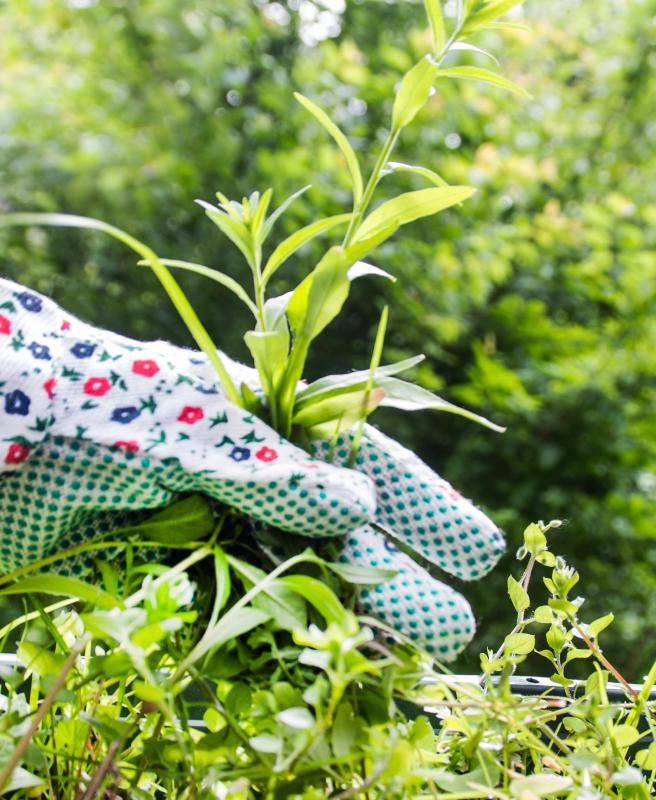At WiseGEEK, we're committed to delivering accurate, trustworthy information. Our expert-authored content is rigorously fact-checked and sourced from credible authorities. Discover how we uphold the highest standards in providing you with reliable knowledge.
What Are the Best Tips for Growing Taro?
The best tips for growing taro include cultivating it in the proper environment, using appropriate soil, and careful planting as well as moisture control and weeding. Also known as Colocasia esculenta, the root vegetable flourishes in warmer climates with plenty of frost-free days. A soil balanced in water retention, pH level, and planting depth and spacing is essential. Constant moisture and regular feeding is also a significant part of growing taro. Weeding early on also aids the root vegetable, ensuring that it doesn't have to compete for its moisture, nutrients, and sunlight.
Growing taro successfully begins with giving it a warm place to thrive. The plant is native in tropical and subtropical climates and needs temperatures ranging from 77° to 95° Fahrenheit (about 25° to 35° Celsius). In the United States, for instance, best results occur in USDA zones nine to 11. The growing area needs at least 200 frost-free days if it's being used for its edible tuber. If taro is cultivated only for its leaves, however, a temperature and humidity-controlled greenhouse typically suffices.

Placing taro corms in nutrient-rich, well-draining soil increases its chance of success. The medium should also retain moisture well, as the plant needs constant, uniform levels. Soil pH level should sit between 5.5 and 6.5, and, if the tuber is being grown using the dry method, it should sit in trenches about 6 inches (about 15 cm) deep and be covered with 2 to 3 inches (about 5 to 8 cm) of soil. Spacing corms about 15 to 24 inches (about 38 to 61 cm) apart allows them enough room for their mature size.

Proper moisture and nutrient levels are essential for successfully growing taro. Most varieties should sit in soil that's kept constantly moist, but completely drained. If soil texture is balanced and neither retains or loses too much water at once, flooding may be effective with certain varieties. While potatoes and other similar crops can thrive in poorly-nourished soil, taro should be fed with rich fertilizer or compost, particularly one high in potassium.

Growing taro effectively also involves weeding, particularly during the first 3 to 4 months after burying the corms. Pulling weeds by hand while they're small minimizes the risk of competition for nutrients, moisture, and sun later on. If weeds are removed early, the taro's foliage typically chokes them out once it matures, so removal is needed less often.
AS FEATURED ON:
AS FEATURED ON:














Discuss this Article
Post your comments